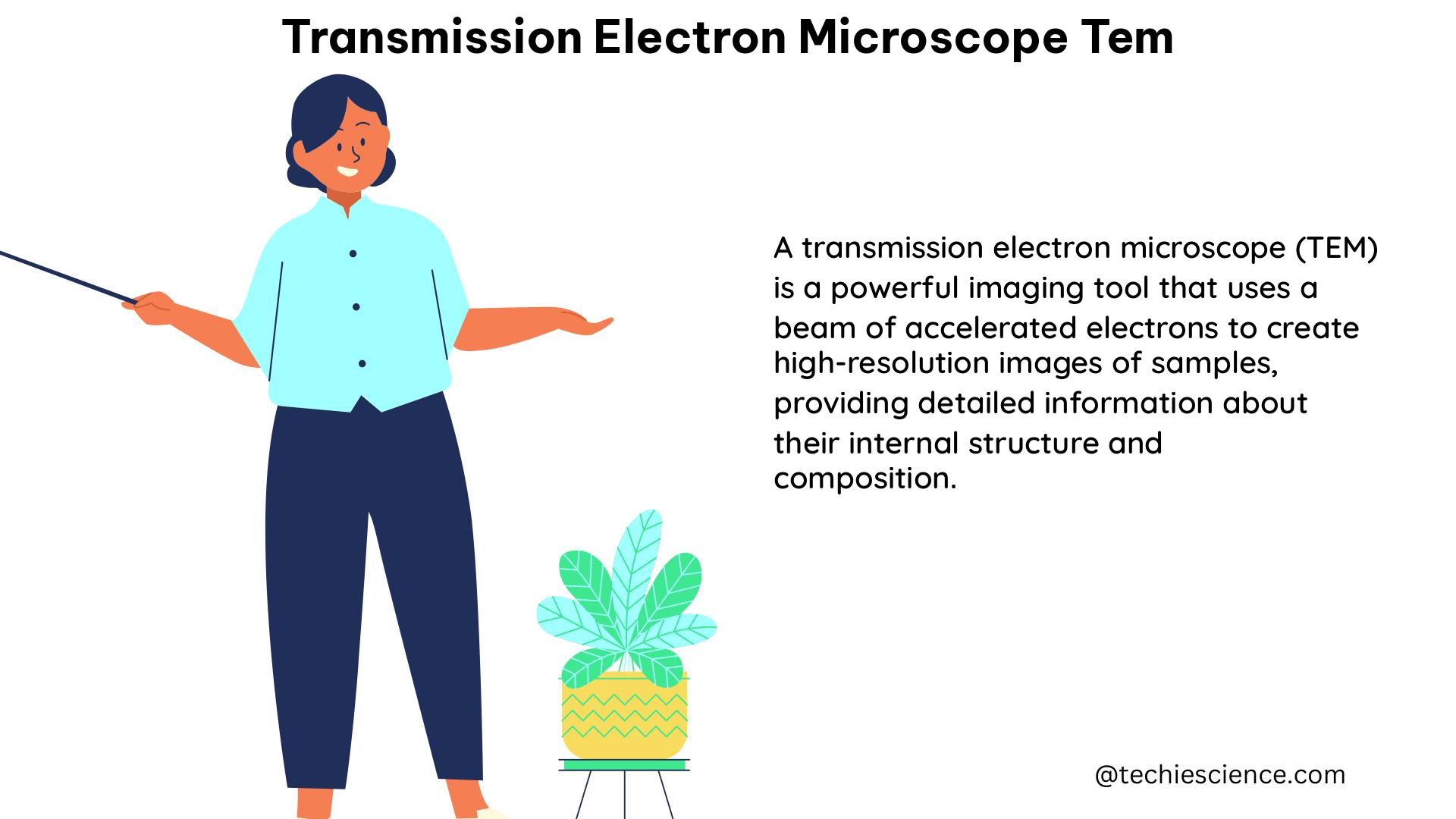Transmission Electron Microscopy (TEM) is a powerful analytical technique that allows researchers to visualize the smallest structures in matter, providing stunning detail at the atomic scale. By magnifying nanometer structures up to 50 million times, TEM has become an essential tool in various fields, including materials science, nanotechnology, and life sciences.
Unique Capabilities of TEM
One of the unique aspects of TEM is its unparalleled magnification capability, offering the highest and most powerful magnification of any microscopy technique. This feature enables the examination of fine details and intricate structures that are otherwise invisible using other microscopy methods.
Moreover, TEM’s versatile imaging modes, such as dark/bright field, phase contrast, and high-angle annular dark field, provide a range of options tailored to specific research needs. These modes allow for the collection of electron diffraction patterns, which are crucial for crystallographic information, and nano-analysis, which provides local information about composition and bonding correlated to high-resolution images.
Theoretical Foundations of TEM

The theoretical foundation of TEM is based on the principles of electron optics and quantum mechanics. The key formula that describes the behavior of electrons in a TEM is the de Broglie wavelength relation:
λ = h/p
where λ is the de Broglie wavelength, h is Planck’s constant, and p is the momentum of the electron.
In a TEM, the electrons are accelerated through a potential difference, V, resulting in a kinetic energy of E = eV, where e is the electron charge. The de Broglie wavelength can then be expressed as:
λ = h/(2meV)^(1/2)
where m is the electron mass.
This formula highlights the relationship between the accelerating voltage and the resolution of the TEM. Higher accelerating voltages result in shorter de Broglie wavelengths, which in turn lead to higher-resolution images.
Physics Examples and Numerical Problems
Consider a TEM with an accelerating voltage of 200 kV. The de Broglie wavelength of the electrons can be calculated as:
λ = h/(2meV)^(1/2)
λ = 1.97 × 10^-12 m or 0.00197 nm
This extremely short wavelength enables the TEM to reveal stunning detail at the atomic scale, magnifying nanometer structures up to 50 million times.
- Calculate the de Broglie wavelength of electrons accelerated through a potential difference of 300 kV.
- Determine the minimum thickness of a sample required for the transmission of electrons in a TEM with an accelerating voltage of 100 kV.
Hands-On Details of TEM Analysis
To perform TEM analysis, the following steps are typically involved:
- Sample Preparation: The sample must be thin enough to permit the transmission of electrons. Different thicknesses are required for different applications. For high-resolution materials studies, the sample cannot be thicker than 20 nm, while for bio-research, the film can be 300-500 nm thick.
- Specimen Insertion: The prepared specimen is introduced into the evacuated microscope column.
- Imaging: The high-energy electron beam is accelerated through the sample, and the resulting image is magnified onto a phosphor screen or a specialized camera.
- Data Analysis: The acquired data is analyzed to extract information about the specimen’s properties, such as composition, structure, and electronic properties.
Figures, Data Points, and Measurements
Figure 1 shows a typical commercial transmission electron microscope (TEM) with its main components labeled.
Figure 2 illustrates the interaction of the electron beam with the sample, resulting in various products of primary beam interaction that can be used to derive information about the specimen.
Table 1 provides a summary of the key specifications of a typical TEM instrument.
| Specification | Value |
|---|---|
| Accelerating voltage | 200 kV |
| Magnification | Up to 50 million times |
| Spatial resolution | Atomic scale |
| Vacuum environment | Required |
| Sample thickness | Typically thinner than 100 nm |
| Imaging modes | Dark/bright field, phase contrast, high-angle annular dark field |
Conclusion
Transmission Electron Microscopy (TEM) is a powerful and versatile technique with unique advantages and limitations. By understanding its strengths, such as high magnification, versatile imaging modes, and nano-analysis capabilities, as well as its limitations, such as complex sample preparation and the need for a vacuum environment, researchers can optimize the use of TEM in various applications, leading to new discoveries and innovations in materials science, nanotechnology, and life sciences.
References
- Transmission Electron Microscopy – an overview – ScienceDirect.com
- Transmission Electron Microscopy – an overview – ScienceDirect.com
- A Universal Approach to Analyzing Transmission Electron Microscopy with ImageJ
- Transmission Electron Microscopy | Nanoscience Instruments
- [PDF] introduction to tem – cfamm.ucr.edu

The lambdageeks.com Core SME Team is a group of experienced subject matter experts from diverse scientific and technical fields including Physics, Chemistry, Technology,Electronics & Electrical Engineering, Automotive, Mechanical Engineering. Our team collaborates to create high-quality, well-researched articles on a wide range of science and technology topics for the lambdageeks.com website.
All Our Senior SME are having more than 7 Years of experience in the respective fields . They are either Working Industry Professionals or assocaited With different Universities. Refer Our Authors Page to get to know About our Core SMEs.